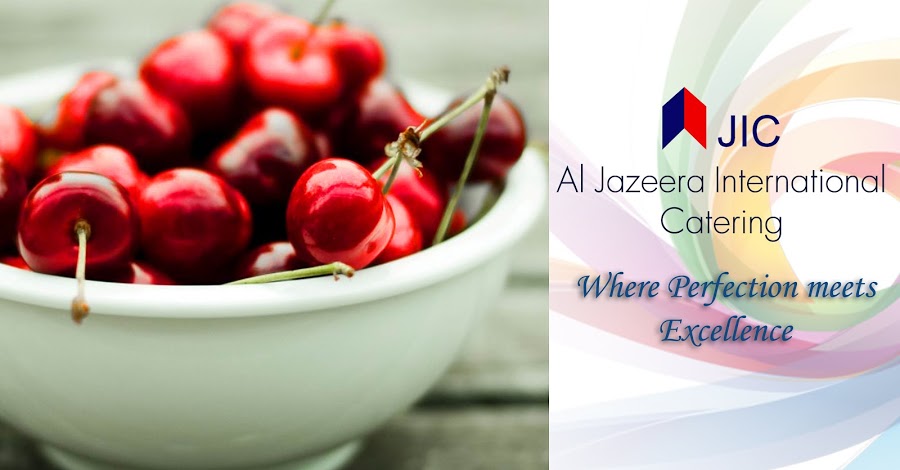Heat Exhaustion usually occurs in a hot climate or a heat wave and it is
one of the heat-related conditions. The symptoms range in severity from mild
heat cramps to heat exhaustion to potentially life-threatening heatstroke. Heat
exhaustion can begin suddenly, usually after working in the heat, sweating heavily
or being dehydrated.
Heat exhaustion signs and symptoms include:
·
Nausea or vomiting
· Heavy sweating often accompanied by cold,
moist skin
·
Weak, fast pulse
·
Pale face
·
Muscle cramps
·
Headache
·
Weakness or fatigue
An untreated, heat exhaustion might
lead to heatstroke, which is a life-threatening condition.
The basic first aid measures to be
taken when there are signs of heat exhaustion
· Move the person out of the heat and make him lie down in a shady place
or in air conditioned room.
·
Lay the person down and elevate the legs and feet slightly.
·
Remove tight or heavy clothing.
·
Get the person drink to drink fluids like cool water or fruit juice.
·
Cool the person by sponging him with cool water and fanning.
·
Continue to monitor the person until he feels better.
·
If the condition worsens it is always better to call emergency services.
How to prevent Heat Exhaustion:
·
It can be prevented by taking precautions when it’s very hot.
·
Check for weather warnings for the potential heat dangers
·
If going out is inevitable, try to walk in shade
·
Wear light and loose fitting clothes
·
Keep yourself hydrated by drinking more fluids (water, fruit juices)
·
Take adequate rest whenever necessary












